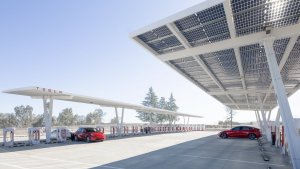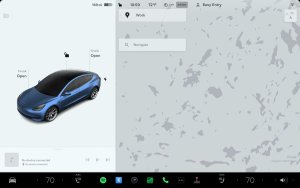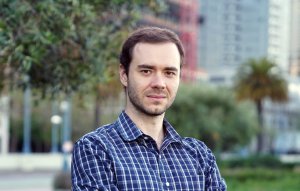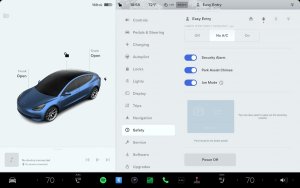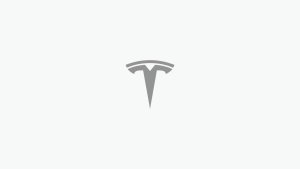Tesla’s 2024 Highlights: A Look Back at Tesla's Best Features and Milestones

As 2024 winds down, it’s the perfect time to reflect on everything Tesla has achieved this year. From features like Autopark and ultra-wideband support to Weather Forecast, each update served as a building block for even bigger features that were yet to come.
Let’s take a journey back to January and revisit the milestones that brought us to where we are today.
January 2024
All the way back in January, Tesla launched their Smart Assistant in China, which replaced Voice Commands. It was our first of many indications that Tesla is pushing to launch improvements to the Voice Command suite. We also saw a new Voice later in the year, and just now with the Holiday Update, a new batch of Voice Commands.
And that’s not all either - Update 2024.2 brought with it adaptive headlights for Europe. North America still hasn’t received adaptive headlights, even with a Tesla VP chiming in and confirming they’re on the way in October.
Here’s to hoping 2025 will bring us a proper Smart Assistant and adaptive headlights for all Tesla owners.
February 2024
February saw the arrival of FSD “Beta” V12 - before we knew it would change over to FSD (Supervised). That first version started going out to early access users with update 2023.44.30.20 in February, and we really got to see for the first time what “End-to-End” really meant.
V12 was a game changer and much different than V11.4.9, which had been kicking around for a few months at that point. There was a lot of excitement around U-Turns, Park Seek (a feature finally being implemented in V13.2), and the updated Automatic Speed Offset.
March 2024
Vehicles equipped with USS were able to use Autopark, Summon, and Smart Summon, but newer vehicles began getting shipped as Vision-only, so they didn’t have access to these features. The first indication of their capabilities - and the overall replacement of USS Autopark with Vision Autopark started in March.
Tesla also launched support for Ultra-Wideband phone keys, which eventually enabled hands-free trunk and frunk opening.
April 2024
April was the launch month of the Model 3 Performance, with influencers getting hands-on with the Ludicrous new vehicle on the track and street. The Model 3 Performance arrived with new front and rear fascias, a new rear diffuser, and an updated carbon fiber spoiler on the exterior - but what really made it stand out was the Adaptive Suspension and Track Mode V3.
Tesla also confirmed that deliveries for customers would start in May - while also stating they’d focus on the next-gen cheaper model, rather than putting Robotaxi first. A lot has changed since then.
Tesla said it was close to a licensing deal with another Automaker for FSD, but we never found out who that was or whether the deal fell through. We also looked at Tesla’s Earnings Call and their plans to start a Robotaxi Network.
May 2024
May may have been one of the busiest months of the year for Tesla, at least in our opinion.
We opened up by covering more about the potential Smart Voice assistant, then finally saw the first signs of the Spring Update, reduced wheel nag, and then even more of the Spring Update.
FSD V12.4 launched with Vision-Based Attention Monitoring for the first time, getting rid of wheel nag for the few early access testers that received that version.
Elon also talked about his vision for FSD V12.5 and V12.6. Again, what a year it was when we look back. Much of what he spoke about, like handling more complex scenarios, Actually Smart Summon, and Fleet Communication, were released in V12.5. Some future version of V13 is supposed to bring with it better handling for complex scenarios, but that’s a goal that’s always shifting.
If anything, May was the month of the Spring Update (and all its unlisted improvements), and it brought us a lot of hype for the removal of wheel nag on FSD. It brought along Hands-Free Trunk opening, improved wiper controls, and the new beautiful parked visualization.
We also dove head-first into looking at Tesla’s Auto Wipers - and why they don’t work. They have for sure gotten better, but they still aren’t as simple as adding a rain sensor. The good news is that they only affect humans, and FSD does just fine due to the camera’s focal length.
June 2024
With the launch of Vision-based Autopark for Europe in June, the Summer really kicked off. We also saw Tesla officially announce Hardware 5, and receive functional access to YouTube’s Playables feature - adding about 75 new games to Tesla vehicles.
Hardware 5 was a pretty interesting announcement, especially as Tesla also confirmed that Hardware 4 would eventually begin to diverge from Hardware 3 in 2025. However, we actually saw the divergence begin in late 2024, not to anyone’s surprise. Now we also know that Tesla is focusing on AI4, and they don’t intend to launch AI5 for at least another 12 months, but they do intend to continue supporting Hardware 3 for as long as possible, as shown by the launch of FSD 12.6 Monday night.
July 2024
July was the quietest month for Tesla news. Everyone was on FSD V12.3.6 for a while, and V12.4’s rollout had come to an abrupt stop. Tesla seemed like they were scrambling to organize themselves for the Robotaxi and Autonomy event to take place on August 8th, but the event was eventually pushed back to October.
That really proved to be for the best, as we saw. However, there was one thing that made its way to us in July - the arrival of Amazon Music and YouTube Music. The 2024.26 update also included the first of several weather features, Weather Forecast, and parental controls.
August 2024
August introduced a new, cheaper Model 3 for Mexico. Many were surprised at this vehicle’s introduction - and assumed that the new cloth would make its way to more vehicles across the lineup. However, the reduced price and features really stuck to just Mexico.
Tesla also confirmed HW3 would get support for FSD V12.5.1.4, much to everyone’s joy. After the announcement of AI5, many thought that V12.3.6 might be the final version of FSD for HW3.
Last, but not least, we saw the first hints of SiriusXM’s Streaming App coming to the Model 3, Model Y, and Cybertruck.
September 2024
With September arrived Actually Smart Summon - one of the biggest Robotaxi-esque features many have been waiting for. The ability to call your car to you from inside the parking lot is a feature that seems like absolute magic.
And once again, the iOS version of the Tesla App got a ton of fantastic updates, including updates to the control center, FaceID locking, updated Siri actions and Apple shortcuts, and the action button being able to work with Tesla functions - like preconditioning. Hopefully, Android users will eventually get the same treatment.
September also brought with it Tesla’s first FSD Roadmap. The roadmap laid out Tesla’s plans for FSD and autonomy and also mentioned several release timelines and what we should expect from future updates.
Tesla originally announced Unpark, Park, and Reverse in FSD for October, but it actually arrived in December with FSD V13. Tesla owners outside of North America are also waiting for FSD - with Tesla mentioning once again that it would arrive sometime in Q1 2025, and that Q2 2025 would bring FSD to Right Hand Drive markets.
October 2024
October was the month of Tesla’s We, Robot autonomy event. That event was Tesla’s latest product-focused event since the launch of the Cybertruck last year, and they really hit hard on autonomy.
They also finally showed off the Cybercab, with its slick lines and unique light features, as well as the never-seen-before Robovan. Of course, on the topic of autonomy, Optimus also had a huge role to play, from serving drinks to interacting with attendees.
Unsupervised FSD was the highlight of the event, with Cybercabs and Model Ys taking attendees from location to location around the Hollywood studio.
Later in the month, Tesla also updated their FSD roadmap, and walked back some of the expectations they initially established in September. This included Tesla confirming HW3 owners will get a free hardware upgrade if Tesla can’t achieve Unsupervised FSD on those vehicles, as well as the complete rollout of End-to-End for the highway, global launches for Actually Smart Summon, and FSD V13 by Thanksgiving.
And to top off an already exciting month, we saw the first signs of Apple Watch support appear in the Tesla App, and the non-Foundation Cybertruck opening for orders in the US.
November 2024
November was a bit calmer but we did see the first deliveries of the Foundation-Series Cybertruck in Canada, and we saw a bit of a preview of the Holiday Update. That also included Tesla’s fantastic new Service History feature, which will now embed vehicle service history into the vehicle.
We also did a deep dive into how Tesla is improving Sentry Mode efficiency - through computational tricks, advanced power management techniques, and taking advantage of the different types of hardware on board the vehicle.
December 2024
And finally, December. December saw the launch of Tesla's 2024 Holiday Update, as well as the launch of FSD V13.2, and some more insight into Tesla’s next-gen model.
It was another busy month, with lots of coverage of all the little features, some initially Cybertruck exclusive, others initially launching to AMD vehicles, and then coming to Intel vehicles too.
Looking back, 2024 was really something special. After years of waiting, we’re finally seeing Tesla’s dreams of autonomy coming together. Unsupervised FSD and Robotaxi networks are on the horizon, while Optimus is still a glimmer in Tesla’s eye. We’re also looking forward to the grand opening of Tesla’s Semi Truck Factory in Texas, and the launch of FSD outside of North America.
2025 is poised to be another amazing year for Tesla, and we hope you’ll stick with us as we cover every little detail once again.












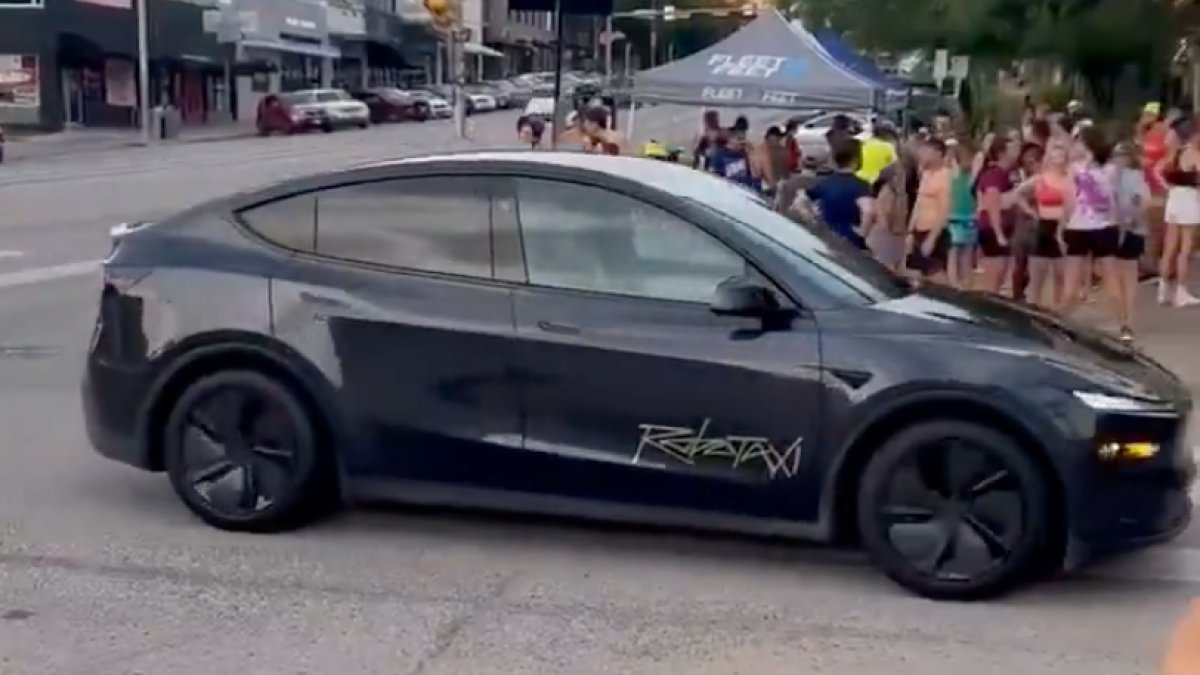


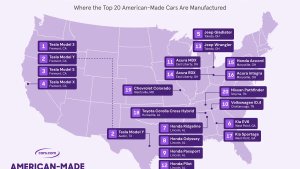
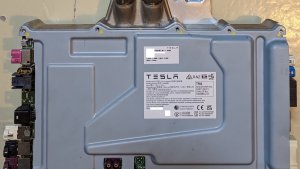
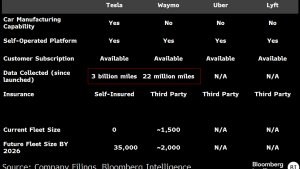
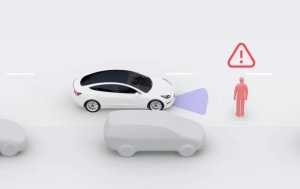
_300w.png)
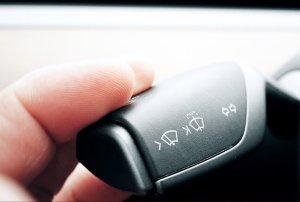
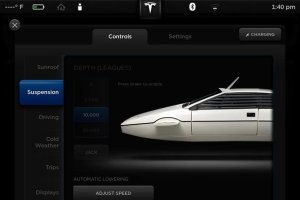
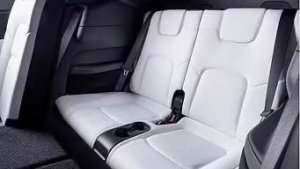
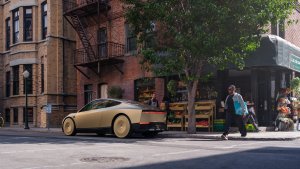
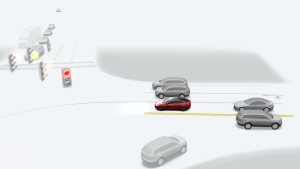
![Tesla Launches 'TeslaVision' Contest With Big Prizes — See Last Year’s Winner [VIDEO]](https://www.notateslaapp.com/img/containers/article_images/2025/tesla-vision.webp/0458df1c6ed085c427608f0cf762de64/tesla-vision.jpg)
